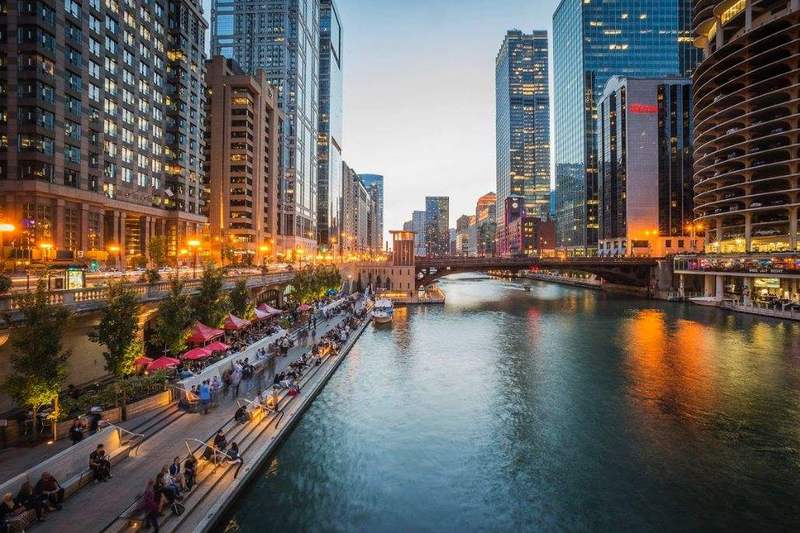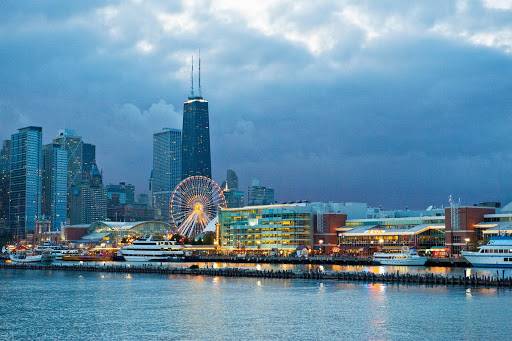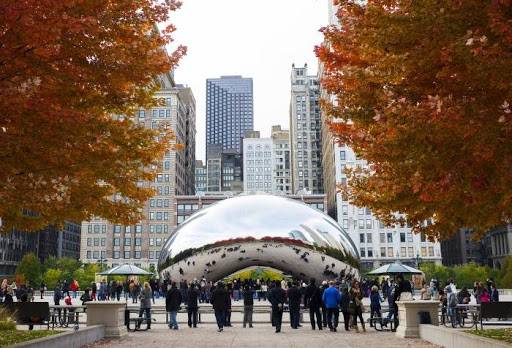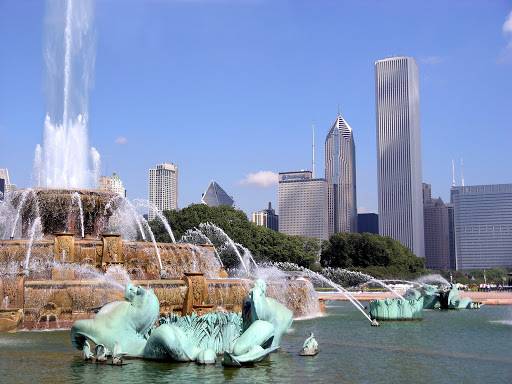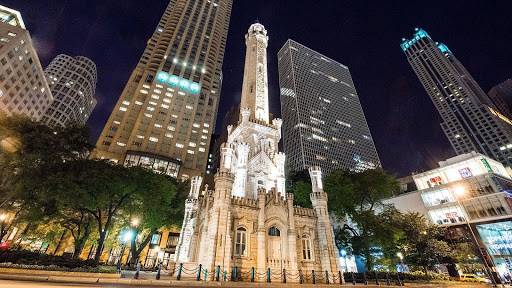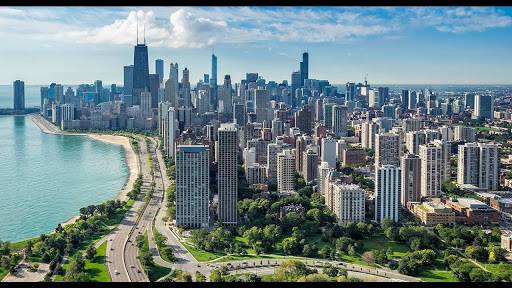During World War I, this place was temporarily used as a military territory. During World War II, it served as a training ground for the Navy and a gathering square, and it was also the initial temporary site of the University of Illinois. In the following decades, the pier remained in a state of dormancy. In 1989, the Chicago government invested $1.5 billion to rebuild the pier, and it was reopened to tourists in 1994. Today, it has become the most famous and bustling amusement spot in Chicago.
The park is a large park located in the Loop area of Chicago, United States. Its English name is Millennium Park, and it is an important cultural and entertainment center on the shores of Lake Michigan. The famous Cloud Gate (also known as The Bean due to its bean-like shape) is located within the park. It is said that the inspiration for this sculpture came from 'liquid mercury.' The smooth surface of this sculpture reflects a distorted Chicago skyline.
It is not only one of the oldest art museums in the world but also one of the three major art museums in the United States today. The museum houses art treasures spanning five thousand years and five continents, with the masterpieces of French Impressionist painters being particularly renowned worldwide. Even the bronze lion statues flanking the entrance have become a symbol of Chicago.
Grant Park is located next to Lake Michigan, offering picturesque scenery. The park features many famous sculptures and is one of the favorite parks for Chicago residents. It houses the world's largest illuminated fountain, the Buckingham Fountain, with a central basin covering 600 square feet. The fountain shoots water into the air every 20 minutes, reaching heights of up to 15 meters. The sight is especially magnificent at night when illuminated by thousands of lights. During the summer, the park frequently hosts large music concerts. Grant Park also boasts many unique buildings, including the Art Institute of Chicago and the Buckingham Fountain. At the southern end, there is a museum campus covering approximately 40 square kilometers, which includes the Adler Planetarium, the Field Museum, and the Shedd Aquarium.
The Chicago Old Water Tower, built in 1869, is the second oldest water tower in the world. It is also one of the few buildings that survived the Great Chicago Fire of 1871. Today, the Chicago Old Water Tower has become a landmark of Chicago. Designed by architect William Boyington, the tower is about 47 meters high, with an internal height of about 42 meters, and is made of large limestone. The entire water tower has a style reminiscent of 13th-century European Gothic architecture, looking more like a miniature castle than a water tower. Since the Chicago Old Water Tower was fortunately preserved in the fire, it has become one of the main symbols of Chicago and is no longer used for pumping and delivering water.
The Hancock Center stands 344 meters tall and is the fourth tallest building in Chicago. Located on the Michigan coast, this skyscraper offers a panoramic view of the city of Chicago. Completed in 1968, this 100-story building broke many records, including having the world's highest indoor swimming pool and ice rink. Visitors can reach the observation deck on the 94th floor in just 40 seconds by elevator, where they will instantly understand why Chicago is called the Windy City.
